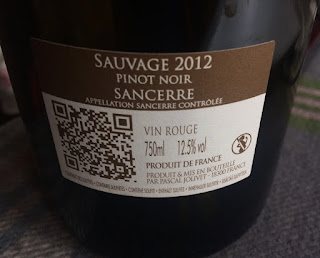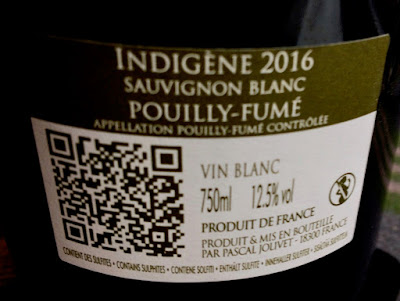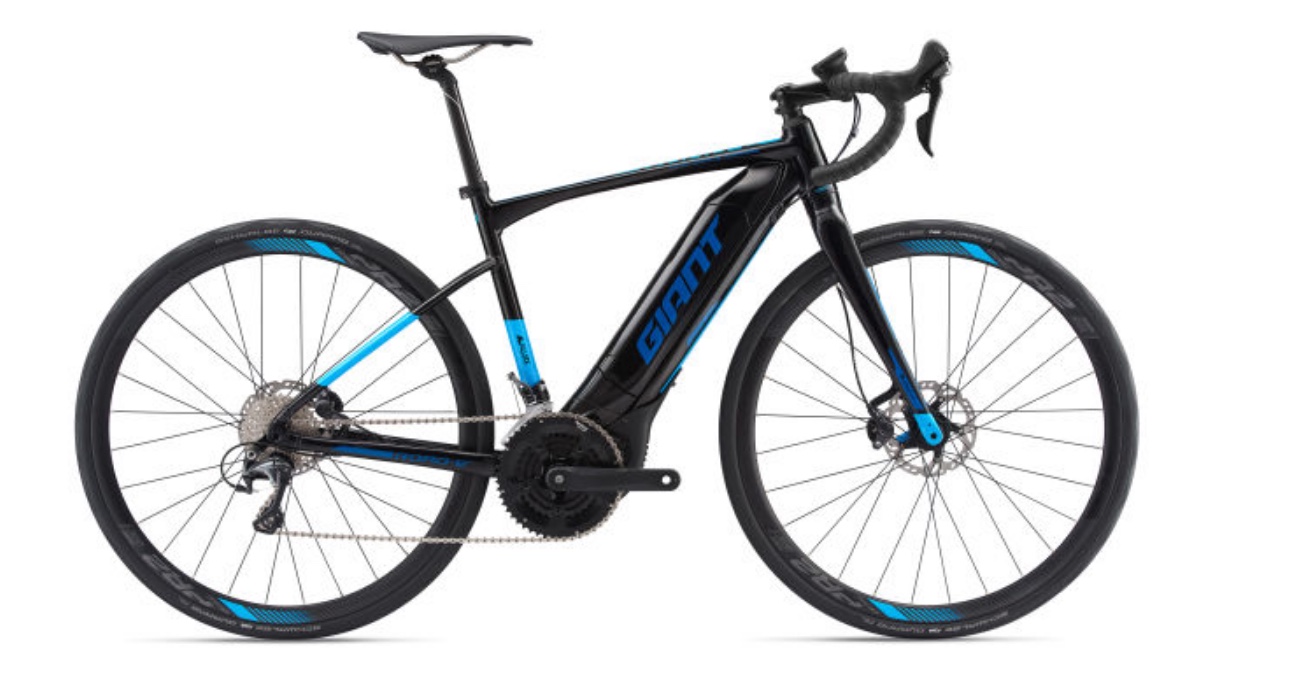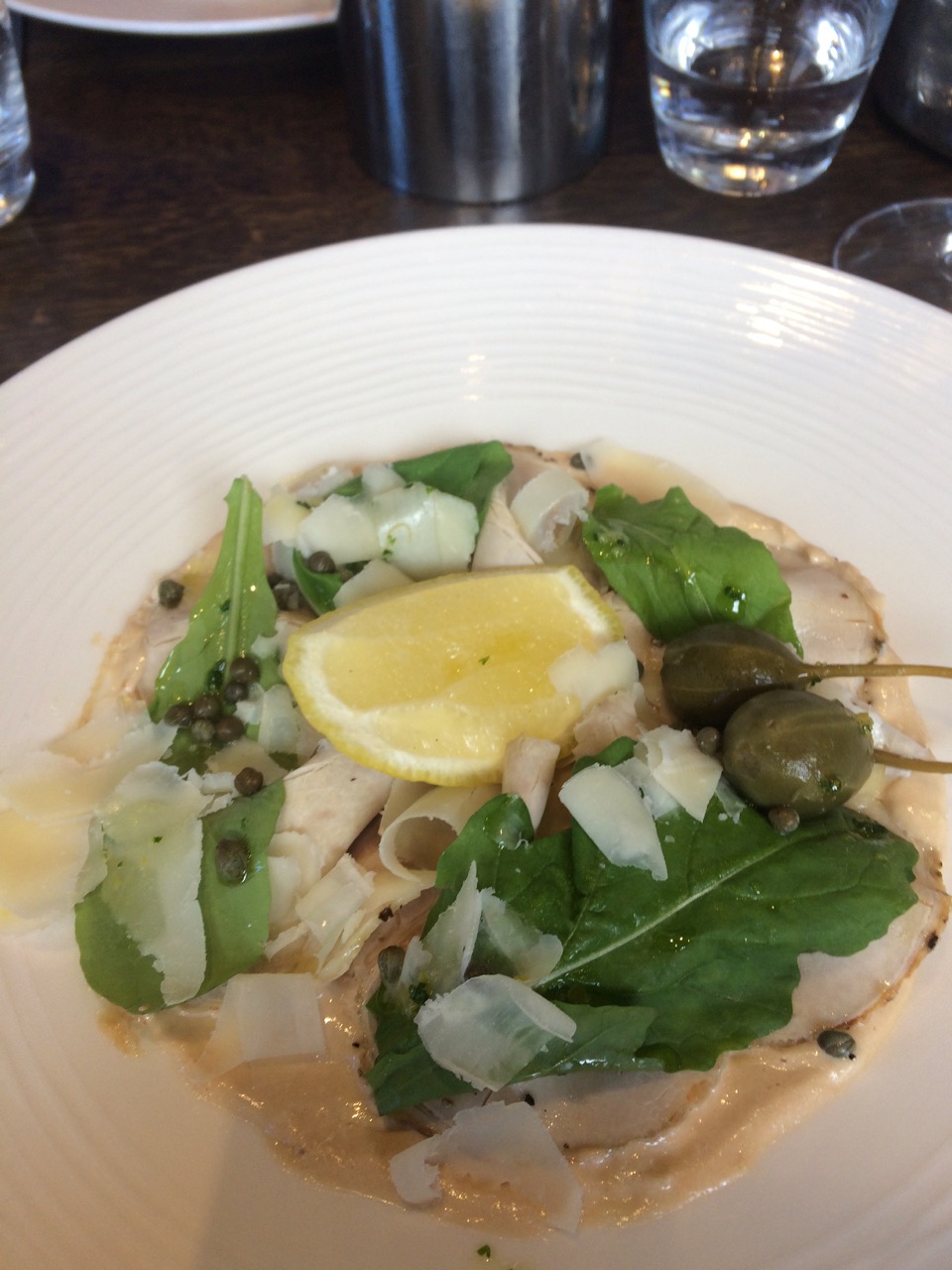Today I received notification from La Fédération des Vins des Nantes that the 2018 Ban des Vendanges for Muscadet will be issued on Monday 3rd September. This means that producers can start picking from Monday if they wish.
Although this is quite an early start, it is a little later than last year as the Muscadet Ban des Vendanges was issued on Wednesday 30th August 2017 - see post on Jim's Loire from last year. One of the factors behind the slightly later start may well have been the 'Beast from the East' in February and early March.
The earliest starting dates since 1981 are 19th August – 2003, 24th August - 2011, 25th August – 1989, 29th August – 1990, 1995 and 1997. In contrast 2013 was the latest most recent start of the Muscadet harvest with the Ban des Vendanges issued on 23rd September.
At the moment the 2018 harvest reportedly looks promising both in terms of quality and quantity. We will be arriving in the Pays Nantais on Wednesday, so will report first hand on how the 2018 vintage is looking.
The forecast until Thursday 13th September, which is currently as far as the BBC site goes, looks very favourable with day time temperatures around 24˚C/25˚C and nights around 12˚C. The only rain forecast is for a short period of light rain on Friday 7th September in the early morning.
A reasonably sized harvest will be good news after a succession of short harvests. If the quality is there and the weather over the height of the summer after a wet and humid end of May/June suggests it should be, then this will be the fifth year in succession that the Pays Nantais has had a good quality vintage, albeit very small in several years. If indeed 2018 is good, then five vintages in a row will be unprecedented, certainly in modern times.
The Press Release also highlights both the incidence of mildew in the early part of the summer due to the rain and humidity, although the dry and hot weather in high summer should have calmed this, and the continuing problem of the fungal vine disease – Esca.
Press release from La Fédération des Vins de Nantes:
MUSCADET : le ban des vendanges prononcé le lundi 3 septembre 2018
La Fédération des Vins de Nantes (1), propose à l’Institut National des Appellations d’Origine, le ban des Vendanges du Muscadet qui devrait être prononcé par arrêté préfectoral le lundi 3 septembre 2018. Après deux années de récolte déficitaire, les Vignerons de Nantes sont optimistes avec une vendange précoce qui se révèle globalement généreuse et très qualitative.
Suite aux controles de maturité coordonnés par la Fédération qui servent d’indicateurs sur l’équilibre entre le sucre et l’acidité du raisin et évaluent l’état sanitaire du vignoble, les premiers coups de sécateurs seront autorisés, par arrêté préfectoral, pour les vins d’AOC Muscadet à partir du lundi 3 septembre 2018.
Le millésime 2018 a débuté par un hiver aux températures de saison mais particulièrement pluvieux. Il est tombé plus de 400mm de précipitations entre janvier et mars 2018. Une pluviométrie finalement bénéfique après deux hivers plutot secs. La vague de froid du fameux « Moscou-Paris » intervenue entre février et mars a favorisé un bon repos végétatif de la vigne évitant ainsi un démarrage trop précoce de la vigne.
Le mois d’avril, printanier, a permis un démarrage homogène de la végétation avec un débourrement situé entre le 16 et le 22 avril, plus tardif qu’en 2017. La météo, clémente, a épargné les gels tardifs tant redoutés des vignerons. Le printemps, assez pluvieux mais aux températures douces, a favorisé une excellente pousse de la vigne et la pleine floraison est intervenue du 4 au 10 juin 2018. Une floraison légèrement plus tardive qu’en 2017 mais néanmoins caractéristique d’une année précoce. Elle révéla un bon potentiel de récolte entamé toutefois par quelques attaques de mildiou sur grappes dues à la combinaison pluviométrie et douceur ainsi que l’esca, cette maladie du bois qui détruit malheureusement de nombreux ceps de vignes.
Concernant le marché, même s’il est encore prématuré d’estimer précisément la récolte, oscillant entre 390 000 à 420 000 Hectolitres, Oliver MARTIN, Porte-Parole de la Fédération des Vins de Nantes pense « qu’en dépit de bonnes conditions de vendanges, les volumes ne seront pas pléthoriques. Ils permettront d’alimenter le marché et surtout de pouvoir reconstituer les stocks des domaines pour garantir l’équilibre du marché. Ce doit être une campagne de consolidation de notre stratégie pour la hiérarchie des muscadets et la valorisation de chaque segment de gamme. »

































